A septic tank repair can cost more than the initial installation, so it is important to have any problems repaired quickly. Signs that your septic system needs a repair include puddles around the septic tank, foul smells in the house and slow drains.
The septic tank’s lid must be able to withstand the elements and Earth movements, so cracks are a concern. Avoid parking or driving vehicles or equipment over septic tank and drain field components. Visit https://www.septictankarmadale.com.au/ to learn more.
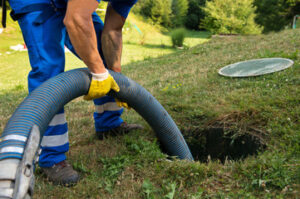
After household waste leaves your plumbing, it enters the septic system, which treats and disposes of the waste that doesn’t break down in the pipes. From there, the sewage exits into a drain field or seepage pit. When the septic system isn’t working properly, it can cause sewage to back up into your home. This can damage your property and pose serious health risks to people and pets. So if you suspect something’s wrong with your septic system, it’s important to act quickly and call an expert.
The first thing to check is whether your septic tank has a clog. The clog could be due to something that’s been flushed down the drains, such as diapers, facial tissue, cigarette butts or wipes. If these items aren’t broken down in the septic tank, they can block the inlet and outlet pipes. You can prevent this from happening by avoiding these items and making sure to have your septic tank pumped regularly.
Other causes of clogs include septic tank baffles that are missing, broken or damaged. The baffles restrain and redirect the flow of incoming and outgoing wastewater inside the tank, keeping scum from clogging up inlets and outlets. The baffles are located inside the septic tank, so you won’t be able to tell if they need replacing without emptying and examining the tank.
Internal components like the aerator, motor, wall and vents of the septic tank can also need replacement. These parts are constantly moving, and the constant movement can wear them down over time. During a septic services appointment, your technician can check these parts to ensure they’re in good condition.
Another factor that can cause a septic system failure is poor soil conditions around the tank and drain fields. Soil that’s too sandy or too clay-like can cause the septic system to fail. To minimize this risk, you should have your septic system soil tested and have it professionally graded. Then, avoid landscaping close to the septic system, and don’t drive or park heavy vehicles over the septic tanks and drain fields.
Clogged drains are a common sign of a septic system problem. When a drain clogs, it prevents waste water from flowing through the pipes and out of the home. This can cause sewage to back up into the toilets, sinks and bathtub. The clog can also block the septic tank and leach field from doing their job.
Most drain clogs are caused by food, waste, and paper products that are flushed down the toilet or ground up in the garbage disposal. Other causes include oil, fat and grease (FOG), mineral buildup, and tampons and “flushable” wipes. These things can damage your septic tank and lead to expensive repairs.
A septic tank repair service can help identify the source of your clog and fix it. In most cases, a professional will use a power auger to break up the clog and remove it from the pipe. If the clog is in a toilet, they will remove the flange and replace it with a new one.
If the clog is in a drain, they will clear it with a plunger. If this doesn’t work, they will unclog the line with a wire drain snake.
The most important thing you can do to prevent septic tank problems is to avoid putting anything down the drain that goes into the septic system. This includes avoiding chemical drain openers, cooking oils, and solvents. It’s also a good idea to limit the use of the garbage disposal and not put down large amounts of food waste.
When you notice a septic tank or drain line problem, call a professional right away to get it fixed. The longer you wait, the worse the problem will become and the more it will cost to fix. The best way to prevent septic tank problems is to have them inspected regularly and perform regular maintenance. A septic tank repair company can assess the condition of your tank and its components, determine how much it needs to be pumped, and recommend any other services that might be needed. They can also recommend a schedule for routine maintenance to extend the life of your septic tank and its parts.
If sewage begins to back up into your bathtub, it means that something is seriously wrong with the septic tank or drain system. This is a dangerous situation that should be dealt with immediately by calling your plumber & sewer specialist. Sewage should only enter your home through a toilet and is highly unhealthy to come into contact with. The sewage could also contain dangerous bacteria and other contaminants that may cause serious health issues for your family.
Normally, your shower and sink drains direct wastewater to the septic tank. When they become clogged, the septic tank becomes overfull or there is some other problem with the drain line. You can try to use a plunger to loosen obstructions near the drain or toilet, but this won’t fix a larger clog. If a septic tank is full, it will need to be pumped.
A septic tank that is overfull can cause problems for the house’s plumbing and even leak into the yard. If you see a lot of green grass or a concentration of dandelions growing in a particular area of your yard, it is likely because the septic tank is overfull.
The best way to avoid these problems is to maintain proper septic tank maintenance. You can do this by having your septic tank pumped every 3 to 5 years and by avoiding putting too much waste into the system. You can also prevent clogs by using a septic system protector or installing a septic tank baffle.
If you see signs of a failing septic tank or drain system, call your plumber right away for a septic repair estimate. He will determine if the system needs to be pumped, repaired or replaced, and what the best course of action is for each scenario. This will allow you to avoid the costs of sewage backups, water damage and other costly repairs down the road. It will also give you peace of mind that your septic tank is functioning properly and safely for your household. With confidence in your septic tank’s functionality, you can get back to living your life!
Extreme temperatures can impact septic systems in a few different ways. One of the most common problems occurs when a septic tank and drainfield freeze during winter weather. This can cause serious damage, leading to a pricier repair. Fortunately, it is easy to prevent this problem with some simple precautions.
The first step is to ensure your septic tank and pipes are well-insulated to help keep them warm during the winter. You can do this by running water through your pipes and using hot showers or dishwashers. It’s also important to have your septic system properly inspected by a professional before winter hits. This inspection will tell you whether your septic tank needs to be pumped, or if any other repairs are needed.
Another way extreme weather can affect your septic system is by causing leaks. A leaking septic tank will not only create problems in your home, but it can also cause water to flow out of the septic tank and into the ground, damaging the drainfield. You can help protect your septic system by regularly checking the outlet baffle and effluent filter for signs of a clog. You can also have your septic tank pumped, which will allow the technician to see if there is a clog in the drainfield.
Finally, you should make sure your septic tank lid is secured and sealed tightly. It’s also a good idea to check the area around your septic tank and drainfield for any debris that could fall and hit the tank or the drainfield. If you have a septic system that is more than 10 years old, it may be time to consider replacement options. Older septic tanks are more likely to have leaks and other problems that can lead to expensive repairs.
The best way to prevent these costly septic system repair problems is to schedule regular septic system maintenance with a local expert. Scheduling routine maintenance will allow you to catch initial indications of trouble and repair them before they turn into more expensive, and disruptive, repairs. Moreover, a local service pro can recommend septic system safety measures that you can implement to further protect your septic system.

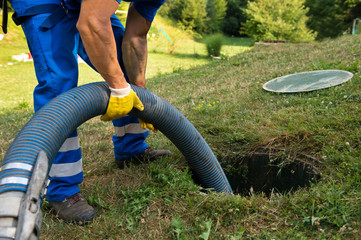
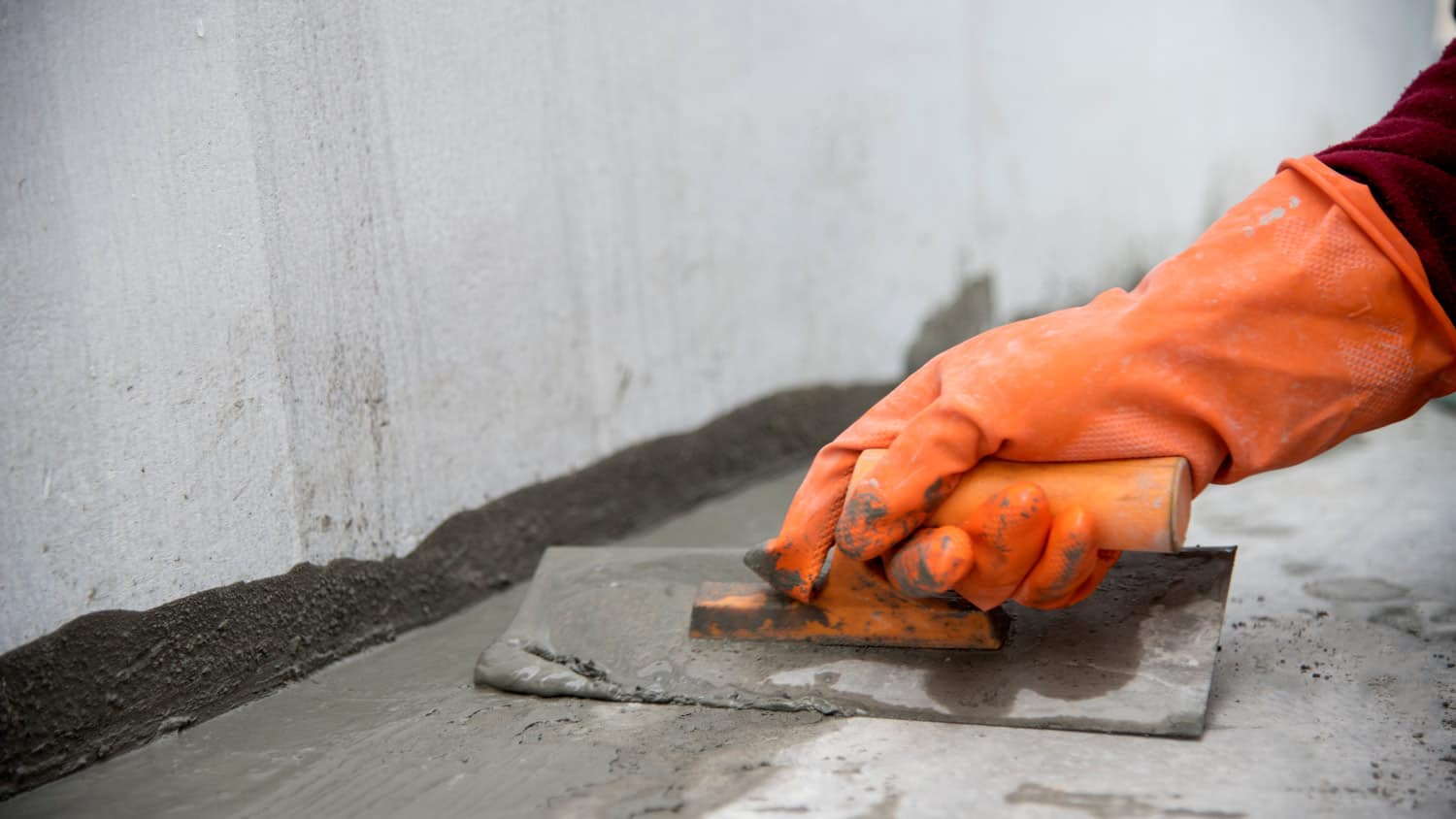
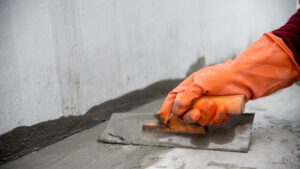
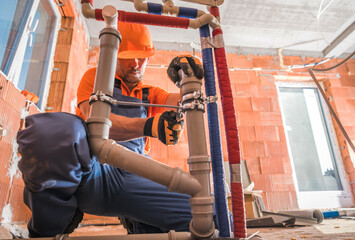



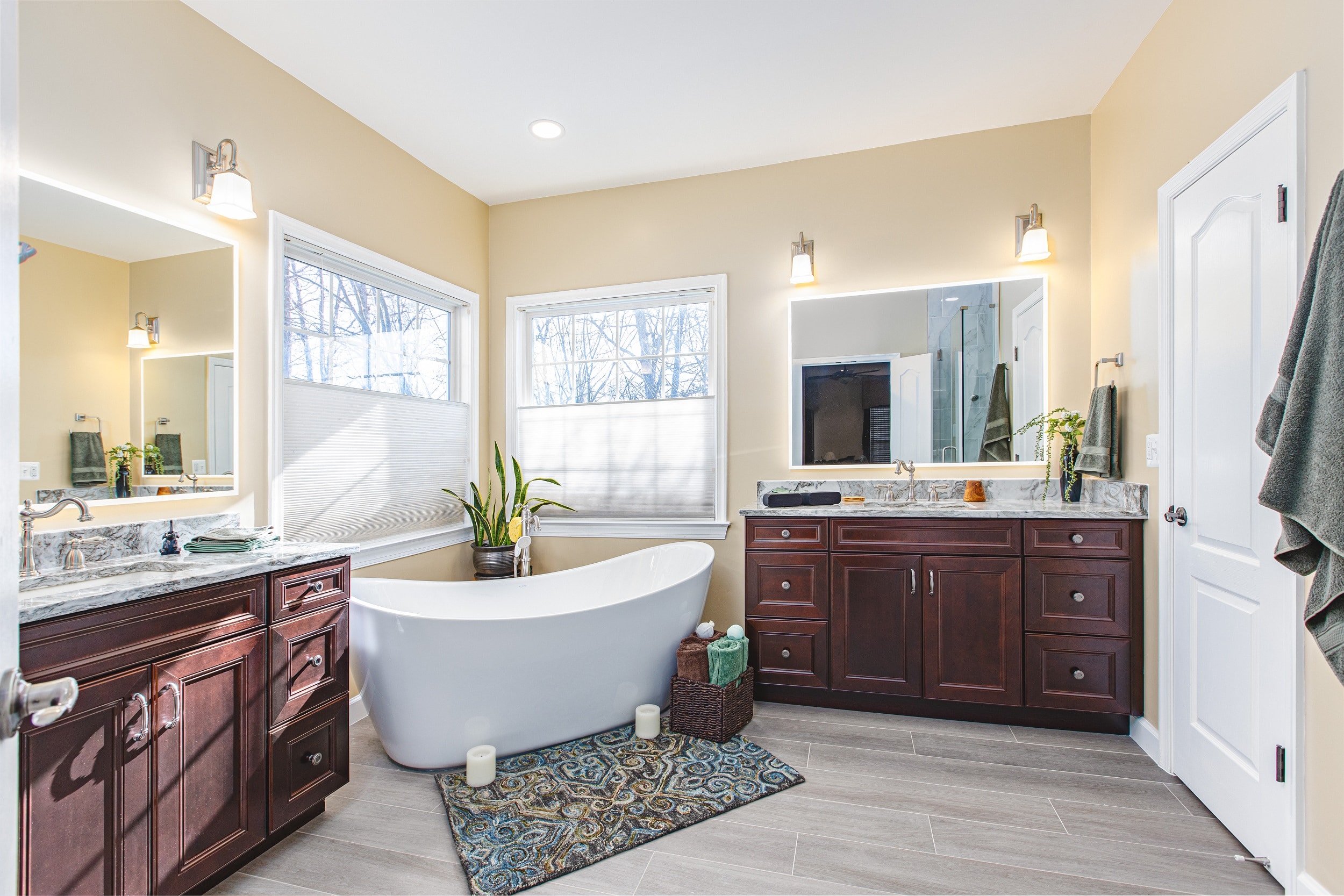

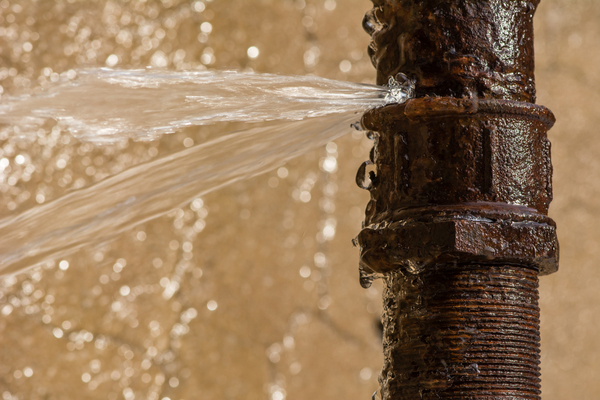
 Water damage refers to a large number of possible losses resulting from water penetrating an area in which it will allow entry of harmful microbial processes or even destructive structural processes, for an instance of rotting of wood, mildew growth, mold growth, corrosion of metal, swelling of certain composite woods, etc. Most cases are not severe but can lead to serious structural damages, costly overhauls, reconstruction, and rebuilding of the affected areas. This kind of damage is quite common in residential and commercial premises, and therefore proper steps must be taken to minimize and prevent it from happening. Prevention of
Water damage refers to a large number of possible losses resulting from water penetrating an area in which it will allow entry of harmful microbial processes or even destructive structural processes, for an instance of rotting of wood, mildew growth, mold growth, corrosion of metal, swelling of certain composite woods, etc. Most cases are not severe but can lead to serious structural damages, costly overhauls, reconstruction, and rebuilding of the affected areas. This kind of damage is quite common in residential and commercial premises, and therefore proper steps must be taken to minimize and prevent it from happening. Prevention of